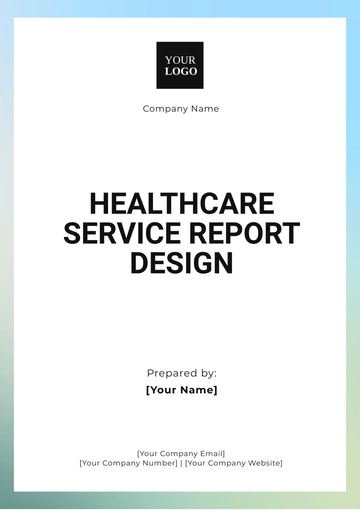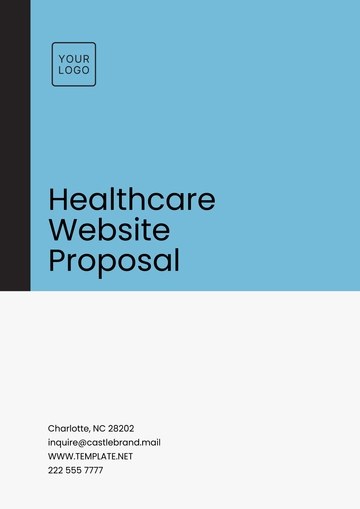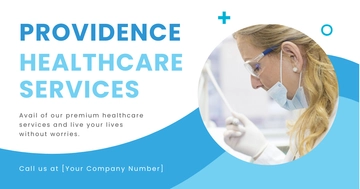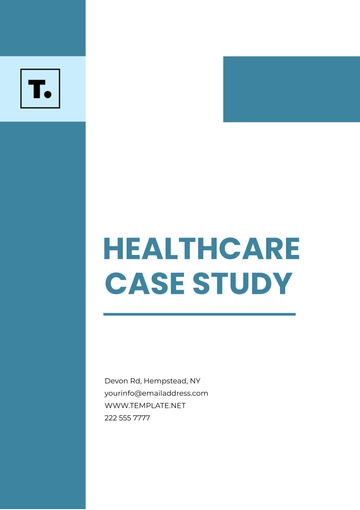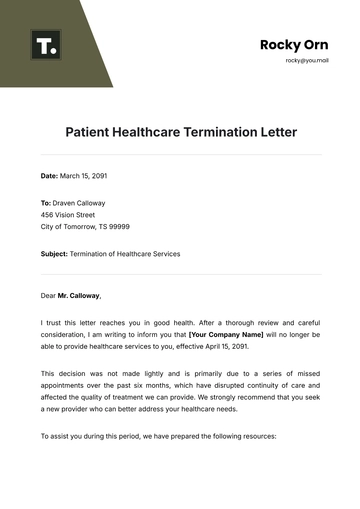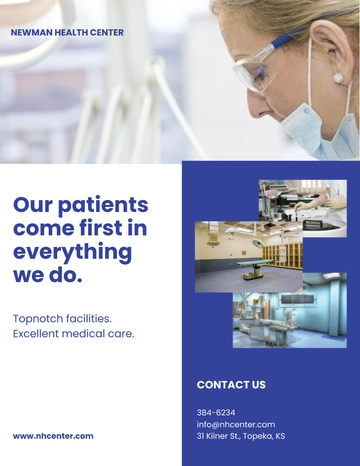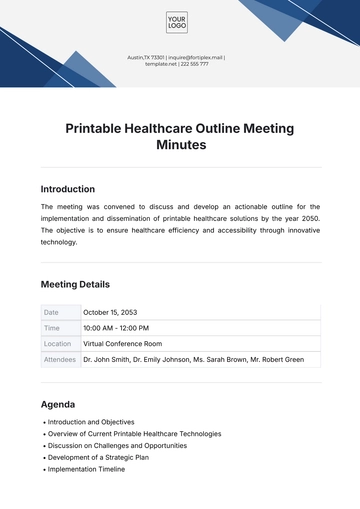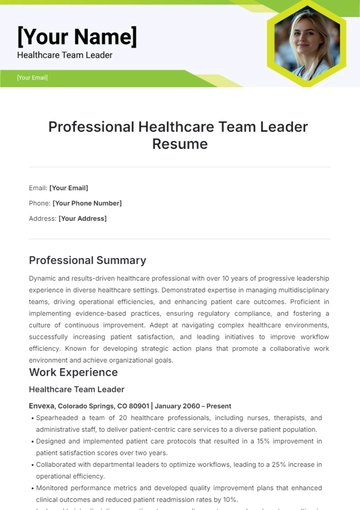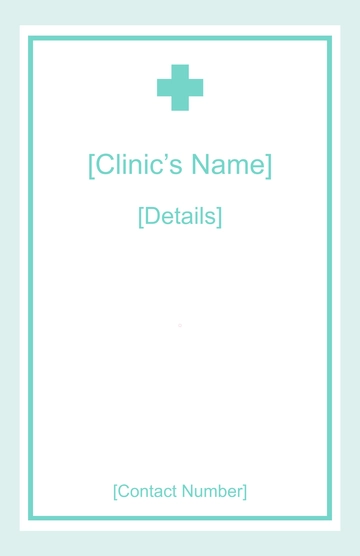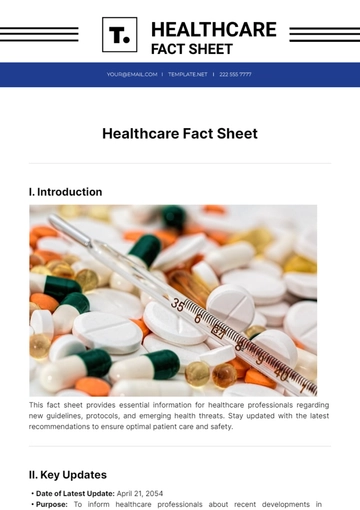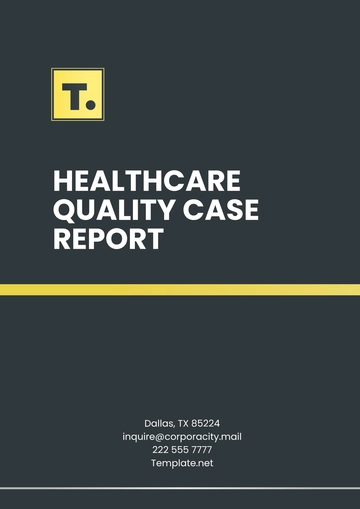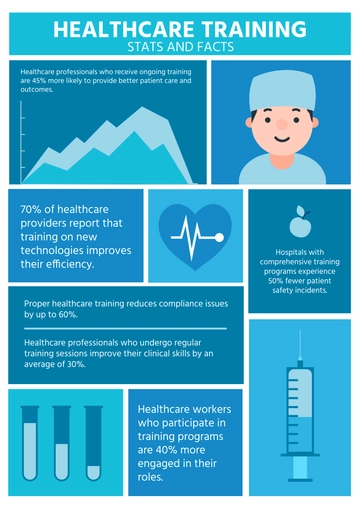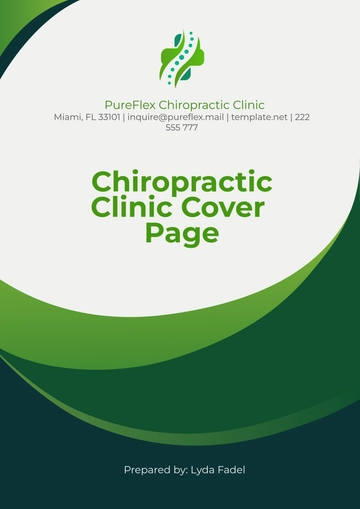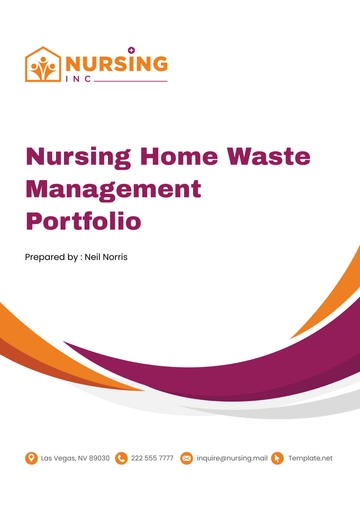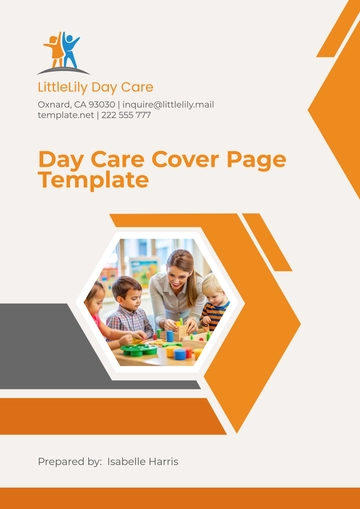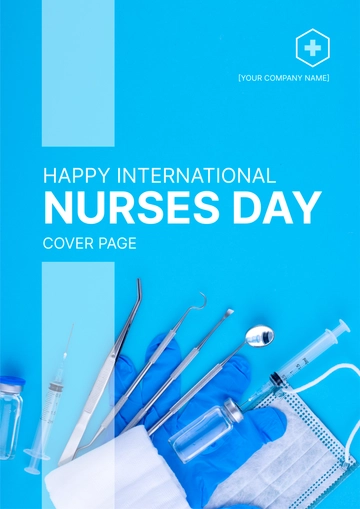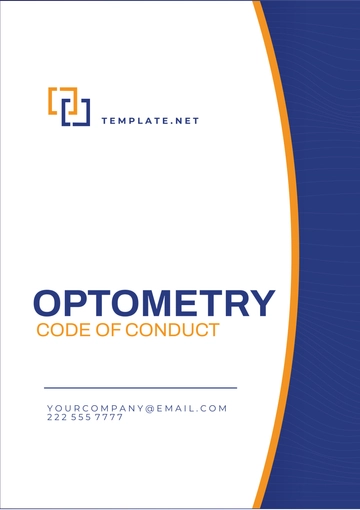Medication Protocol
Developed By: | [YOUR NAME] |
Company: | [YOUR COMPANY NAME] |
Department: | [YOUR DEPARTMENT] |
Date of protocol: | [DATE] |
I. Background
Hypertension, or high blood pressure, is a common condition that can lead to serious health complications such as heart disease, stroke, and kidney failure if left untreated. Effective management of hypertension often involves lifestyle modifications and medication therapy. This medication protocol outlines the recommended pharmacological approach for treating hypertension.
II. Objective
The primary goal of this medication protocol is to achieve and maintain blood pressure within the recommended target range to reduce the risk of cardiovascular events and other complications associated with hypertension.
III. Medication Protocol
Initial Assessment:
Obtain accurate blood pressure measurements using a validated device.
Assess the patient's medical history, including any underlying conditions and medications they are currently taking.
Evaluate lifestyle factors such as diet, exercise, smoking, and alcohol consumption.
Lifestyle Modifications:
Medication Initiation:
IV. Titration and Monitoring:
Adjust medication dosage based on blood pressure response and tolerability.
Schedule regular follow-up appointments to monitor blood pressure and assess for adverse effects.
Aim to titrate medication doses to achieve and maintain blood pressure below 130/80 mmHg in most adults, particularly those with diabetes or chronic kidney disease.
Combination Therapy:
Consider combination therapy if blood pressure remains uncontrolled despite optimal dosing of a single agent.
Combine medications with complementary mechanisms of action to enhance efficacy and minimize side effects.
Monitor for potential drug interactions and adverse effects when using combination therapy.
Ongoing Management:
Emphasize the importance of medication adherence and lifestyle modifications for long-term blood pressure control.
Educate patients about the signs and symptoms of hypertension-related complications and the need for regular monitoring.
Continuously reassess treatment goals and adjust therapy as needed based on individual patient responses and evolving clinical guidelines.
V. Conclusion
This medication protocol provides a structured approach to the pharmacological management of hypertension, focusing on individualized therapy tailored to patient characteristics and treatment goals. By combining medication therapy with lifestyle modifications and regular monitoring, healthcare providers can effectively control blood pressure and reduce the risk of cardiovascular events in patients with hypertension.
Protocol Templates @ Template.net

